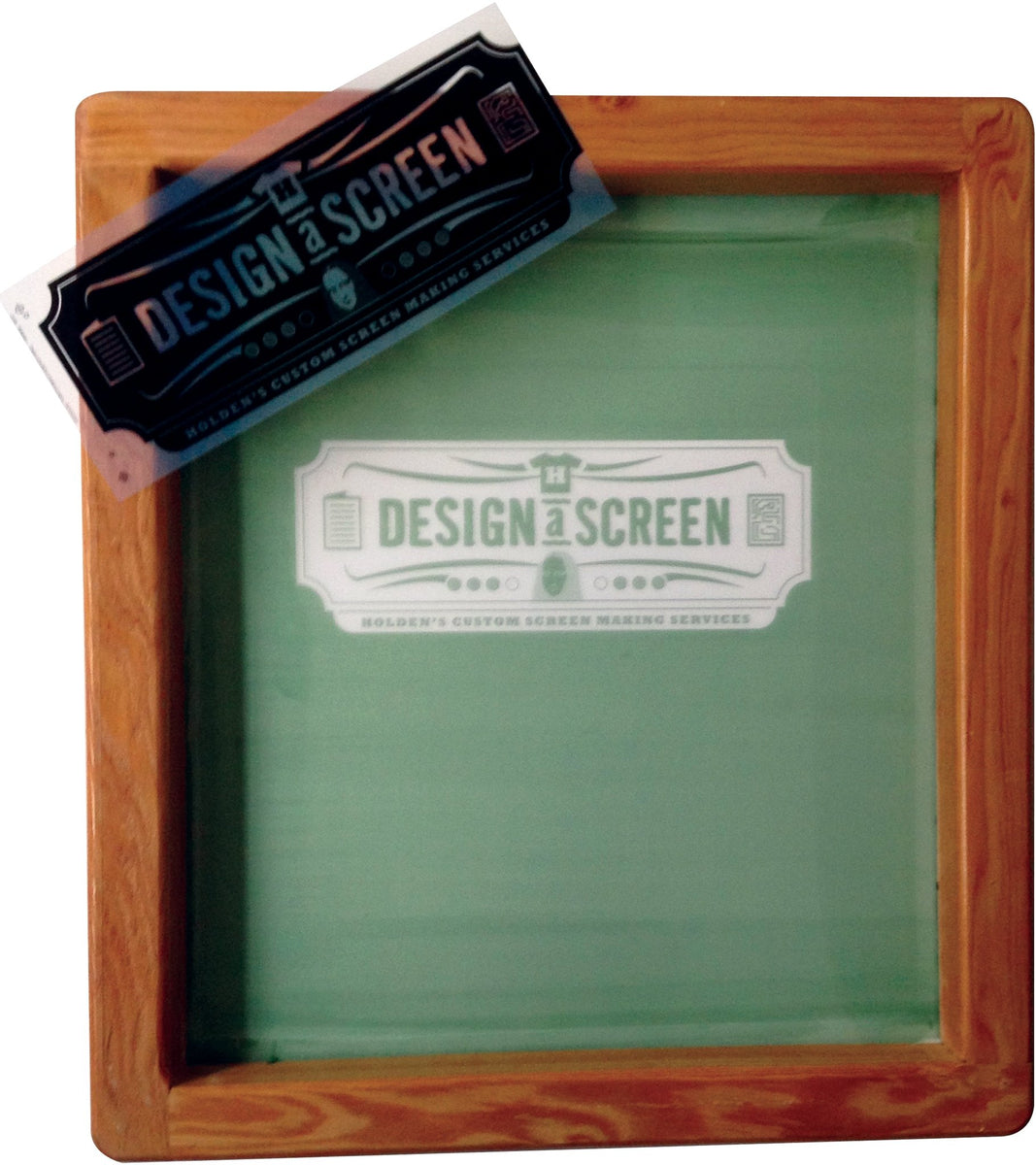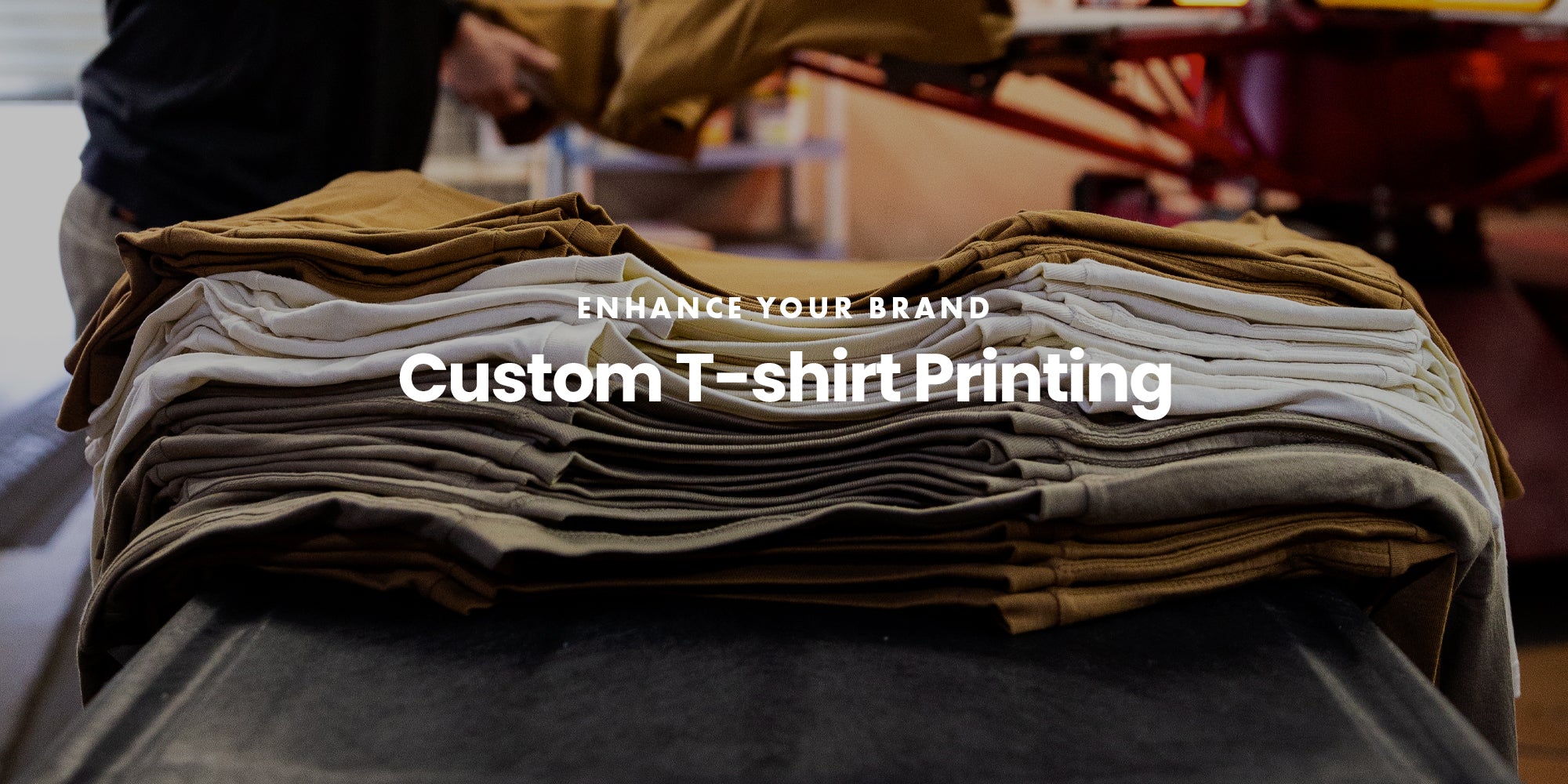Professional Screen Printing Kit for Custom Apparel
Professional Screen Printing Kit for Custom Apparel
Blog Article
Screen Printing Uncovered: Whatever You Required to Learn About Tee and Garment Printing Methods
If you've ever questioned just how those vivid designs end up on your favorite tee shirts, you're in the ideal place. Screen printing is a fascinating method that integrates art with strategy, using endless opportunities for creative thinking. Recognizing the fundamentals, from tools to ink selections, can greatly influence your results. Ready to explore the essential components that make screen printing an art kind? Let's reveal the information that can raise your projects.
The Essentials of Display Printing: Exactly How It Functions
When you plunge right into display printing, you'll find it's both an art and a scientific research. At its core, display printing entails developing a pattern, or display, that permits ink to travel through only in particular locations (screen printing kit). You begin by picking your style and preparing your screen with a light-sensitive solution. As soon as you reveal this emulsion to light, it hardens, leaving your design as an adverse space.
Next, you'll blend your inks and prepare your printing surface area. Setting the screen over the material, then make use of a squeegee to press ink via the screen onto the garment. This process requires precision, as you desire clear, vibrant prints. After printing, you'll treat the ink with warm, guaranteeing it sticks to the material and lasts with laundries. Each action is essential, and understanding them will certainly raise your screen printing abilities, transforming straightforward garments right into distinct, expressive items.
Sorts Of Screen Printing Techniques
When you comprehend the basics of display printing, it's time to check out the different methods that can elevate your designs. One popular technique is traditional screen printing, where ink is pushed via a stenciled screen.
Another option is plastisol printing, known for its longevity and brilliant colors, making it a favored for many brands. Experiment with halftone printing to develop gradient effects and complex designs.
Essential Equipment for Display Printing
To achieve magnificent results in screen printing, having the best equipment is essential. Initially, you'll require a sturdy screen printing frame, which holds the mesh that transfers your style onto the garment. Next, spend in premium squeegees; these are crucial for using ink uniformly across the screen. You'll also call for a good exposure system to create your screens, as well as a washout booth for cleansing them after use. A dependable warm resource, like a conveyor clothes dryer or heat press, is important for healing your prints to guarantee longevity. Don't forget a proper workspace, outfitted with tables and storage space for your products. Lastly, safety equipment, such as masks and gloves, will keep you secure from chemicals and inks. With the right tools, you'll be well on your method to generating professional-quality prints.
Choosing the Right Inks and Products
When selecting inks and products for display printing, you require to take right into account the sort of ink that works ideal for your project. Consider textile compatibility to assure your layouts look wonderful and last long. Check out environmentally friendly ink options to make your printing procedure a lot more sustainable.
Types of Screen Inks
Selecting the ideal screen ink is important for attaining vivid, durable prints that satisfy your job's demands. There are several types of screen inks to analyze. Specialized inks, such as glow-in-the-dark or metallic, can include unique impacts to your layouts.

Material Compatibility Considerations
Recognizing fabric compatibility is essential for attaining high-grade screen prints, specifically considering that various materials respond uniquely to different inks. When selecting inks, think about the material type-- cotton, polyester, or blends. For cotton, water-based inks work well, offering softness and breathability. Polyester, on the various other hand, usually requires plastisol inks for much better adhesion and lively colors. If you're publishing on blends, you might need to utilize a combination of both types. Always test your inks on sample fabric to guarantee they stick properly and keep shade stability. In addition, bear in mind that fabric weight and structure can impact the last outcome, so selecting the best ink and material combination is essential for your project's success.
Eco-Friendly Ink Options
Environment-friendly inks are becoming a prominent selection for display printers who wish to lessen their environmental impact while keeping quality. When picking inks, think about water-based inks, which are less dangerous and less complicated to tidy up contrasted to traditional solvents. These inks bond well with textiles, supplying vivid results without hazardous chemicals. You might additionally check out eco-solvent inks that make use of less unstable natural substances (VOCs), making them a safer choice for both your health and wellness and the world.
Furthermore, search for inks made from renewable energies, such as soy or vegetable-based options. By picking the best inks and materials, you'll not only create stunning layouts but additionally contribute to a much more lasting printing process. Make the switch, and your prints will mirror your commitment to the atmosphere!
Preparing Your Design for Screen Printing

File Format Demands
To guarantee your design looks sharp and vivid on material, you'll require to pay close interest to file format requirements for screen printing. Make sure your design has a clear background to protect against undesirable white sides on your prints. Maintain shade settings in mind; CMYK is basic for display printing, so convert your RGB designs accordingly.
Color Separation Strategies
Color separation is a crucial action in preparing your style for screen printing, and grasping it can substantially improve your print high quality. You'll require to damage your layout right into private colors, as each color requires a separate screen throughout printing. Begin by identifying all the colors in your layout and produce layers each. You can make use of software program like Adobe Photoshop or Illustrator to separate and different colors effectively. Be certain to save each layer as a different data, usually in a layout like TIFF or PSD. This accuracy not just guarantees exact shade depiction but additionally simplifies the printing process. By taking notice of shade separation, you'll attain professional and vivid lead to your screen-printed garments.
Resolution and Size
Accomplishing the most effective lead to screen printing starts with ensuring your design has the ideal resolution and dimension. Ideally, your artwork should go to least 300 DPI (dots per inch) for sharp, clear prints. Your final product may look pixelated and amateur. if you make use of lower resolution.
When it involves dimension, take into consideration the dimensions of your print area. Layout your art work to match the final print size, preferably creating it in the actual dimensions you'll be publishing. By doing this, you'll stay clear of any unforeseen scaling problems.
Constantly check your layout in both vector and raster layouts. Vector graphics can be scaled without losing quality, making them excellent for screen printing. Preparing correctly will guarantee your style looks impressive on every garment!
Step-by-Step Screen Printing Process
Screen printing is a vibrant process that allows you to produce dynamic styles on numerous surfaces. To obtain begun, you'll require a display, emulsion, and your chosen ink. First, prepare your screen by cleaning Home Page it completely. Next, apply the emulsion uniformly and let it dry in a dark area. When dry, reveal your display to light with your layout positioned on it, which will certainly harden the solution where the light hits, developing a pattern - screen printing kit.
Pour ink onto the display and make use of a squeegee to press the ink through the pattern onto the textile. Raise the screen thoroughly and allow the print completely dry. You have actually effectively screen published your style.
Tips for Successful Screen Printing Projects
While you're diving right into your screen printing jobs, bear in mind that prep work is essential to success. Beginning by collecting all your materials-- inks, mops, garments, and displays. A clean workspace aids avoid undesirable errors, so neat up prior to you start.
Next, validate your artwork is high-resolution and appropriately sized for your garment. Examine your display for proper direct exposure and clean it thoroughly to stay clear check these guys out of smudges. When blending your inks, follow the maker's standards to achieve the ideal uniformity.
During printing, apply also stress with your squeegee for constant results. Do not rush; take your time to validate each print fulfills your requirements. After printing, let your garments completely dry entirely before taking care of or packaging them.
Finally, always keep a sample of your job for future referral. In this manner, you can assess your development and boost your techniques in time. Delighted printing!

Frequently Asked Questions
For how long Does It Take to Establish a Display Printing Work?
Establishing a display printing task normally takes around half an hour to an hour. You'll prepare the displays, mix inks, and change the press. The time differs based upon intricacy and experience, so remain organized!
Can I Print on Various Material Types Utilizing the Same Strategy?
Yes, you can publish on different fabric types using the very same method, however you'll need to readjust your setups and inks. Some fabrics take in ink in different ways, so exploring assurances the very best results for each and every product.
What Are Common Blunders to Stay Clear Of in Display Printing?
When screen printing, stay clear of typical mistakes like making use of the incorrect ink, ignoring proper direct exposure times, or skipping pre-press checks. Constantly test your arrangement and preserve clean displays to guarantee top quality outcomes each time.
Exactly How Can I Effectively Clean and Keep My Screen Printing Equipment?
To effectively clean and keep your screen printing tools, you should frequently wash displays with appropriate solvents, inspect mops for wear, and guarantee all tools are saved dry and dust-free. Uniformity improves and avoids pricey repairs performance.
Is Display Printing Eco-friendly Contrasted to Other Techniques?
Display printing can be more eco-friendly than various other methods, particularly if you utilize water-based inks and eco-conscious materials. By picking sustainable materials and techniques, you reduce waste and reduce your effect on the world.
Display Printing Uncovered: Every Little Thing You Need to Know Regarding Tee Shirt and Garment Printing Methods
At its core, display printing entails creating a stencil, or screen, that permits ink to pass through only in certain locations. Placement the display over the material, after that make use of a squeegee to press ink via the display onto the garment. One popular technique is typical display printing, where ink is pressed through a stenciled display.When choosing inks and materials for screen printing, you need to take into account the type of ink that works finest for your task.
Report this page